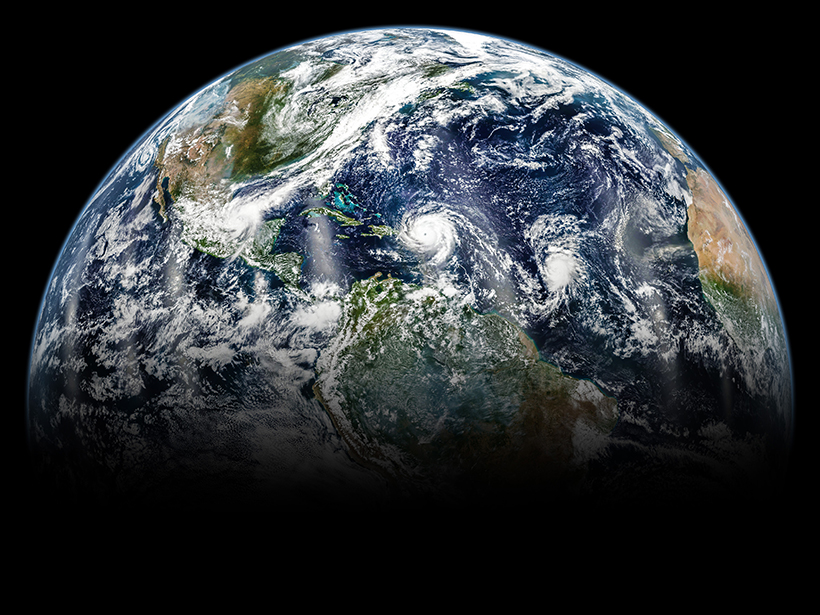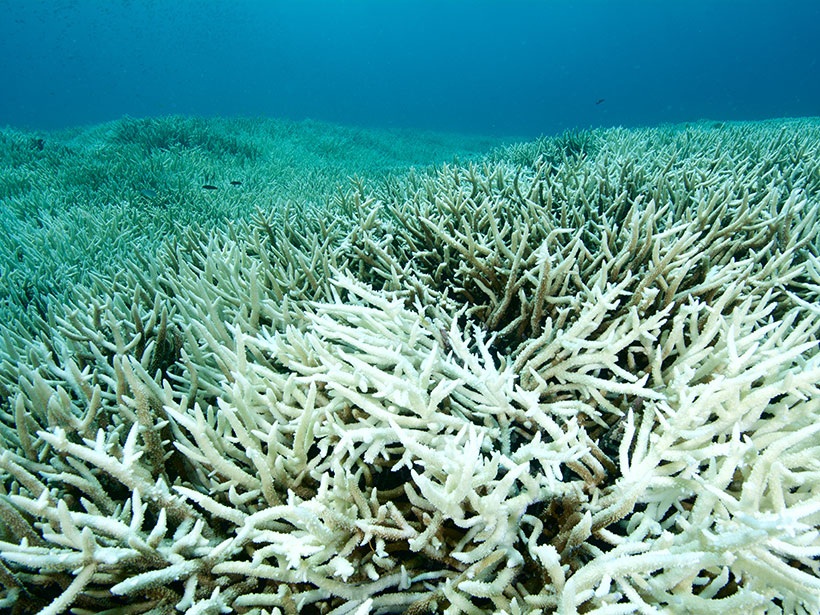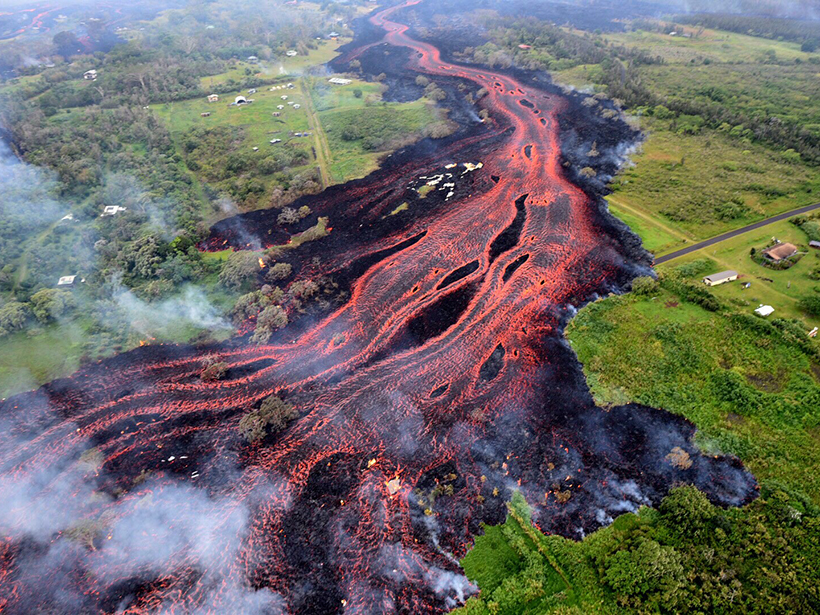The planet is heating up, but uncertainty still exists about how temperatures will change in specific regions. A new study examines sources of uncertainty in the meridional pattern of warming.
Geophysical Research Letters
New Plasma Wave Observations from Earth’s Magnetosphere
The first simultaneous observations of multiple electromagnetic wave types in Earth’s magnetosphere may inaugurate a new field of inquiry into cross-frequency wave interactions.
How Ningaloo Niño Supercharges the El Niño–Southern Oscillation
The warm current cools the tropical Pacific and strengthens trade winds.
A New Tool for Studying Volcanic Eruptions Like Kīlauea
A new study sheds light on how magma erodes the conduit it flows through.
Fiber Optics Opens Window into Subsurface Deformation
The distributed deformation of buried materials is difficult to map, but a new approach is able to resolve vertical deformation over the length of a fiber optic cable.
How Monsoons in Africa Drove Glacier Growth in Europe
A new study shows that low-latitude weather can affect distant glaciers.
In a Submarine Trough, Permeable Rocks May Lead to Quakes
In Japan’s submarine Nankai Trough, rock permeability is much higher when measured at larger scales, likely because of big fractures and faults that are not captured at small scales.
Satellite Observations Validate Stratosphere Temperature Models
Since the 1970s, the stratosphere has cooled as ozone levels dropped and carbon dioxide levels increased. Chemical models of the temperature decline conflicted with satellite observations—until now.
Volcano in Iceland Is One of the Largest Sources of Volcanic CO2
High-precision airborne measurements, in combination with atmospheric modeling, suggest that the Katla subglacial caldera may be one of the planet’s biggest sources of volcanic carbon dioxide.










